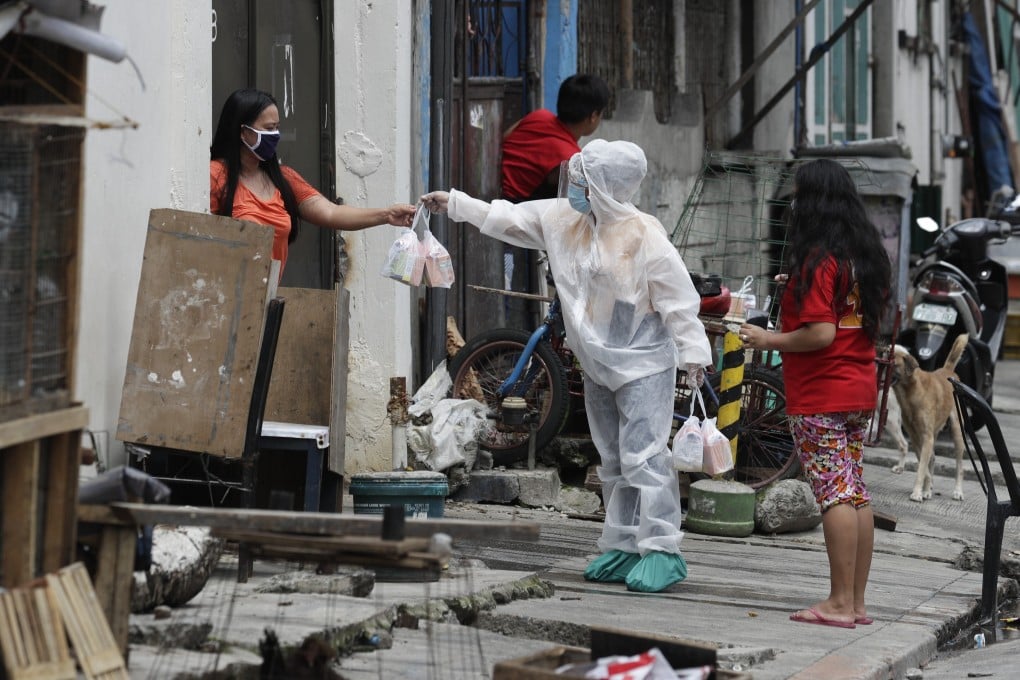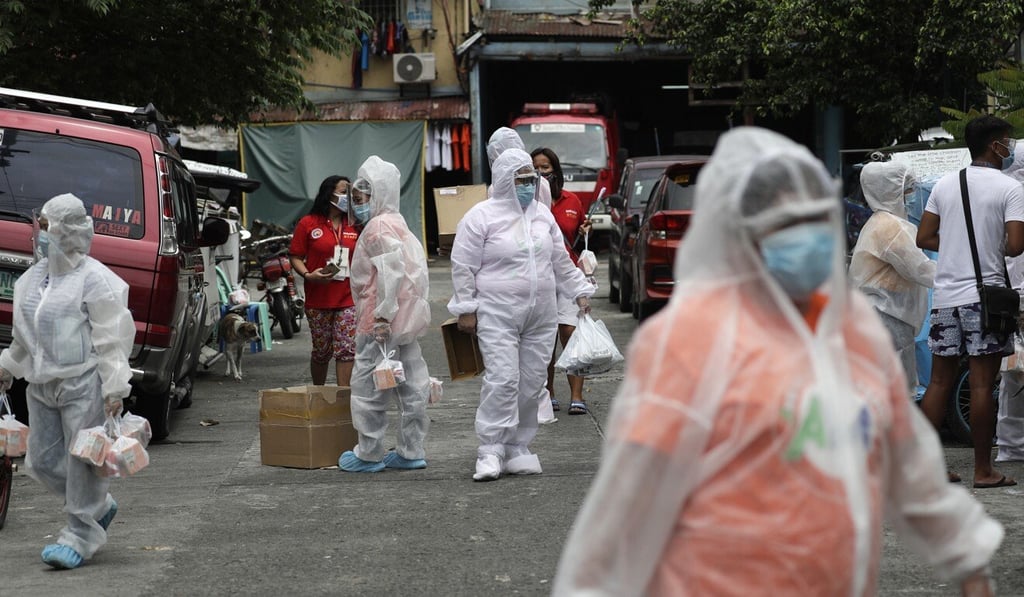Philippines failing to contain coronavirus, despite multiple lockdowns
- The Philippines is now Southeast Asia’s worst-affected country, with more than 164,000 confirmed cases and almost 2,700 deaths
- President Rodrigo Duterte’s administration was too slow to respond to the crisis, analysts say, and has now been reduced to waiting on a vaccine

Yet cases continue to rise. Although Tuesday’s daily tally of 3,134 new infections was down from a peak of more than 6,800 on August 10, analysts from the University of the Philippines have estimated the number of infected patients could reach 220,000 before the month ends.
The situation is so bleak that a Thai newspaper last week sardonically referred to the Philippines as “the land of Covid-19”, prompting a diplomatic protest from Manila.

On August 10, interior and local governments secretary Eduardo Año, who helps lead the inter-agency task force dealing with the pandemic, told the local ABS-CBN News Channel that the government was “still in control” and hopeful that case numbers would improve. On Sunday, Año announced he had tested positive for Covid-19 for the second time in six months.